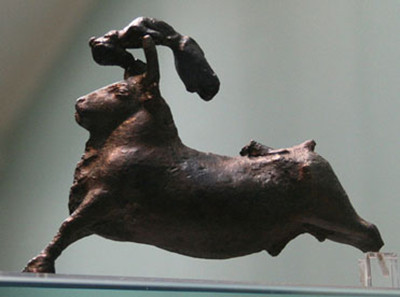"Out in the middle of the wine-dark sea, there is a land called Crete, a rich and lovely land washed by the sea on every side; and in it are many peoples and 90 cities. There, one language mingles with another...Among the cities is Knossos, a great city; and there Minos was nine years king, the boon companion of mighty Zeus."












